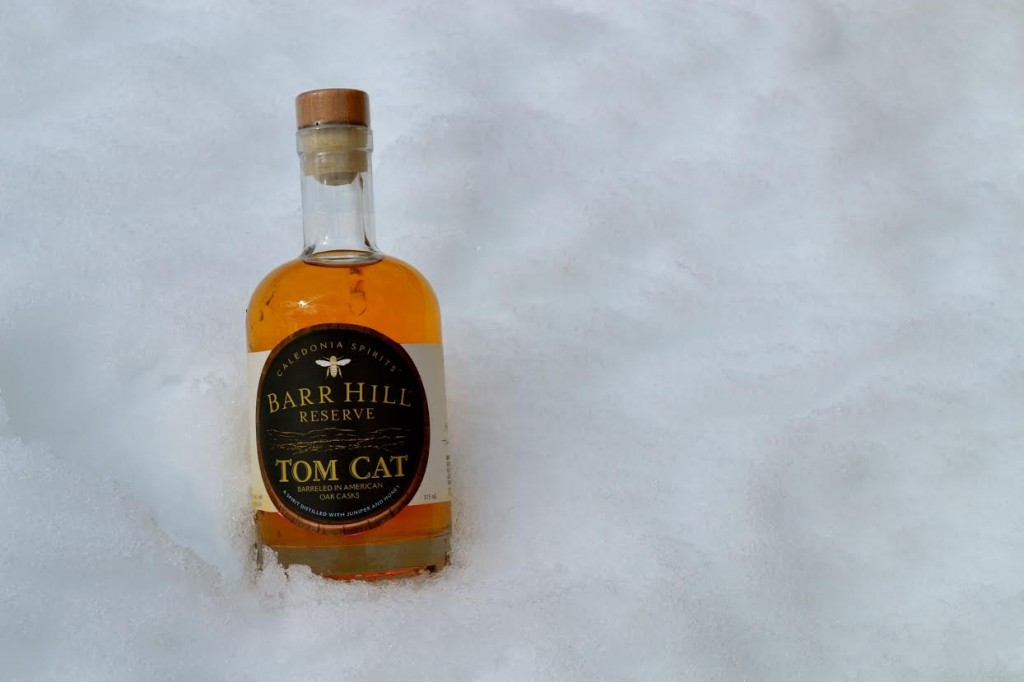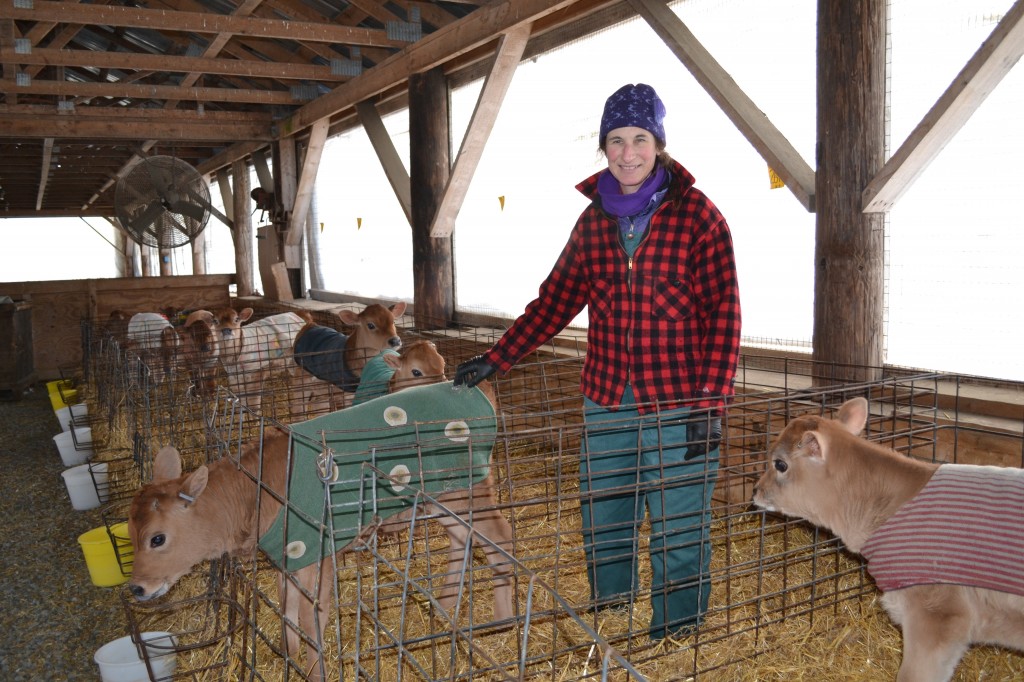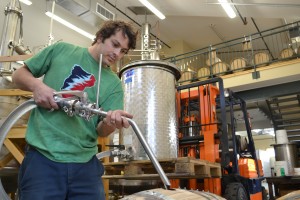March Newsletter 2014
 Barr Hill Reserve Tom Cat
Barr Hill Reserve Tom Cat
Barr Hill Reserve Tom Cat barrel aged gin – now in Vermont at Caledonia, Hardwick and the Burlington and Montpelier farmer’s markets (see dates on web site). Soon after March 15, Tom Cat comes to Vermont state stores and to Astor Wines & Spirits, NYC (courageous cat).
Barr Hill Reserve Tom Cat barrel aged gin is our newest craft spirit at Caledonia Spirits. Tom Cat is simply our Barr Hill gin that we age in new American oak barrels for a few months. The oak barrels impart a woody, whiskey like flavor, which dances with the botanical components of organic juniper and raw northern honey present in our Barr Hill gin. The resulting spirit is soft, eloquent, and pure.We chose to name this spirit Tom Cat because we view it as the modern day adaptation of 18th Century England’s most revered spirit, Old Tom. After it was outlawed by the Spirits Act of 1750, rebellious pub owners would hang a wooden plaque shaped like a black cat to inform the passersby of their defiance of the ban. Deposit a few pennies through the cat’s mouth, and a bartender would pour a ration of Old Tom to be sipped through a tube between the cat’s paws.
“Caledonia County Fare”: dairy meets distillery in Caledonia County, Vermont
from the story in the Burlington Free Press, with credit to Sally Pollack
What do you get when a beekeeper, dairy farmer, bartender, and distiller share a meal? “Caledonia County Fare” cocktail, of course!Johanna and John Laggis, farmers and our friends in Hardwick, make the delicious kefir that Todd Hardie brings to the Caledonia Spirits team. Kefir is a cultured milk drink with loads of probiotics and microorganisms that offer medicinal support to the digestive tract. In Todd’s words, “It’s pure medicine.” At the farm with about 500 milking cows, Johanna Laggis makes two gallons of kefir a day. She feeds some to her calves and some to friends.
The inspiration for the “Caledonia County Fare” cocktail came at a dinner where the Caledonia Spirits team shared an evening meal with their local friends in agriculture and business. Sip and enjoy; this cocktail is best savored after a meal because it offers digestive support.
Caledonia County Fare
2 oz Barr Hill gin
2 oz kefir (we use Butterworks Farm in Westfield, Vermont)
½ oz raw honey simple syrup*
splash of Caledonia Spirits elderberry cordial
seltzer water
Directions: Combine Barr Hill gin, kefir and honey simple syrup in a shaker with ice. Shake well. Pour over ice into a Collins glass. Top with seltzer and a splash of Caledonia Spirits elderberry cordial.
*To make honey simple syrup, combine one part raw honey with one part water. Heat gently until honey melts. Cool before adding.

Live from the Hive: Spring is on the way
As March begins, the cold continues unabated. Let’s feast our eyes on something other than more snow and ice. This photo shows a worker honey bee on a sumac flower. Sumac blooms in June and is a major food source for Vermont’s honey bees. This picture is a reminder of the coming of spring. The amber blob on the bee’s back leg is pollen.
The beekeeper checks on the hives in March and feeds the colony honey or some form of sugar if necessary — this is the month when colonies can starve. Believe it or not, if the temperatures warm up, we will begin to see the bees venturing out for the first pussy willow and alder pollen of later this month, at least in southern Vermont. The spring equinox arrives on March 20th, when the day and night are of equal length. Happy Spring!
honey bee on a sumac flower
field report from Todd:
I am on a four week journey West to share Caledonia Spirits, and am amazed by:
- the rest of our country does not have three feet of snow.
- the miles of GMO corn in Illinois and Indiana are staggering.
- the support across our country for the agriculture, spirits, wine, cheese, seeds, vegetables, soy, and maple products, from those who love Vermont and are now away; we are very grateful.
Caledonia Spirits will release its first whiskey in May. Early Riser corn whiskey is named for the corn that Jack Lazor of Butterworks Farm supplies to Caledonia. It has been aging in new American oak barrels and the first barrel is ready to bottle.
200 bottles of the first barrel will shared as part of a benefit in May to help Jack pay for his medical expenses.
thank you for your interest in and support of our work with organic honey, grains, and elderberry,
![]()
Todd D. Hardie
 Andrew Pinault, Caledonia Spirits Distiller, filling a barrel of Barr Hill Reserve Tom Cat
Andrew Pinault, Caledonia Spirits Distiller, filling a barrel of Barr Hill Reserve Tom Cat
